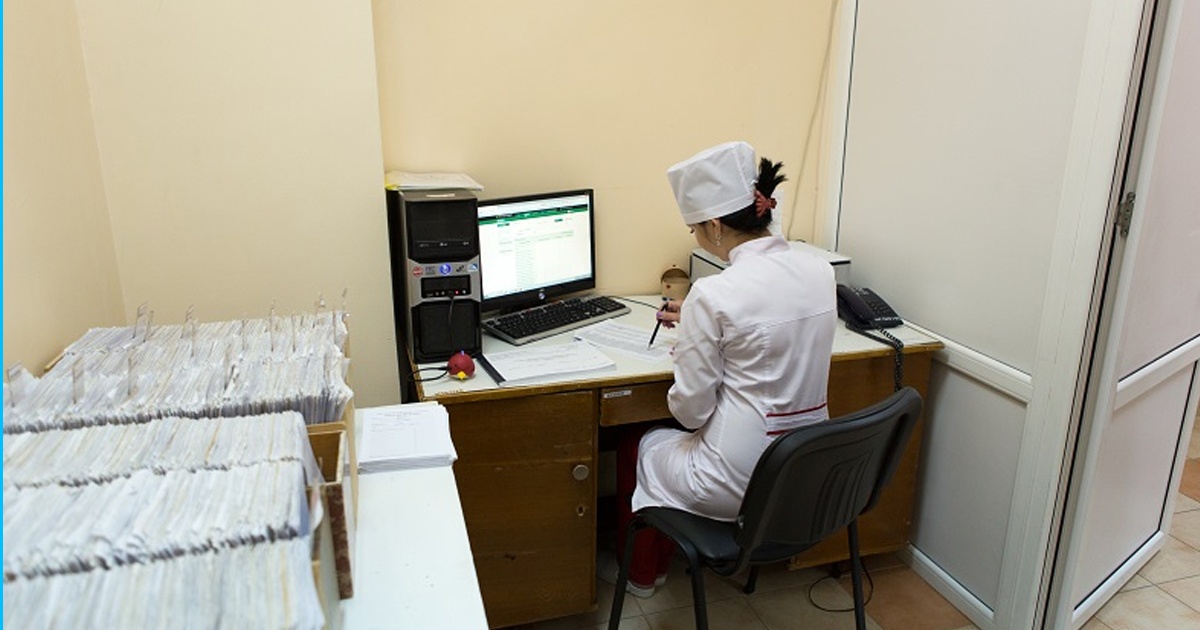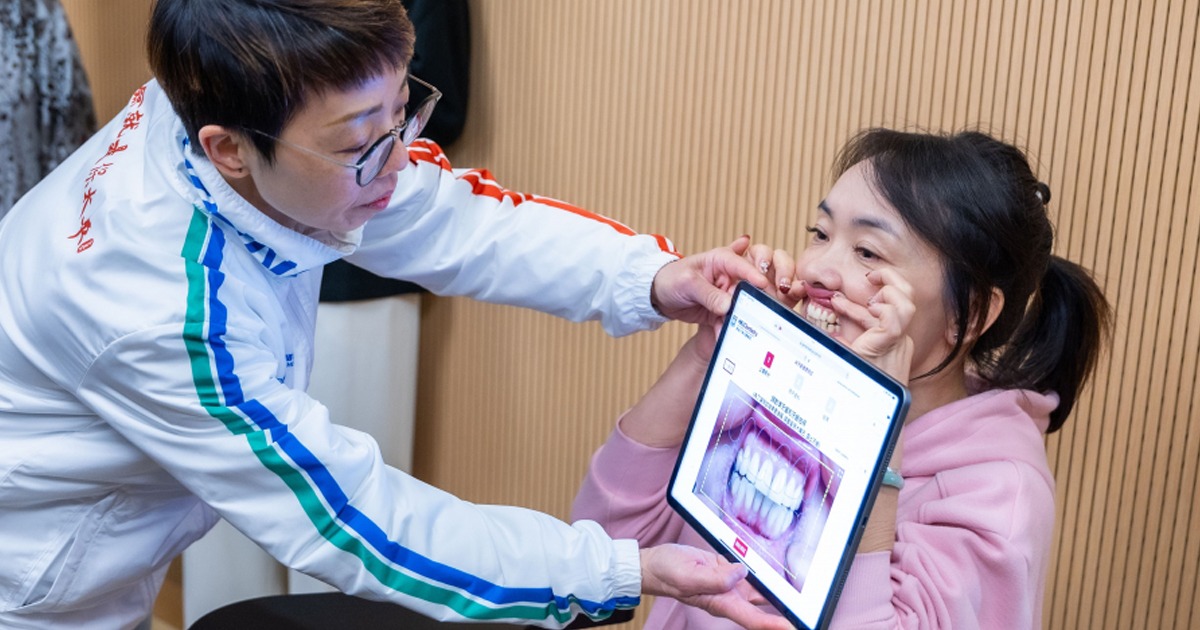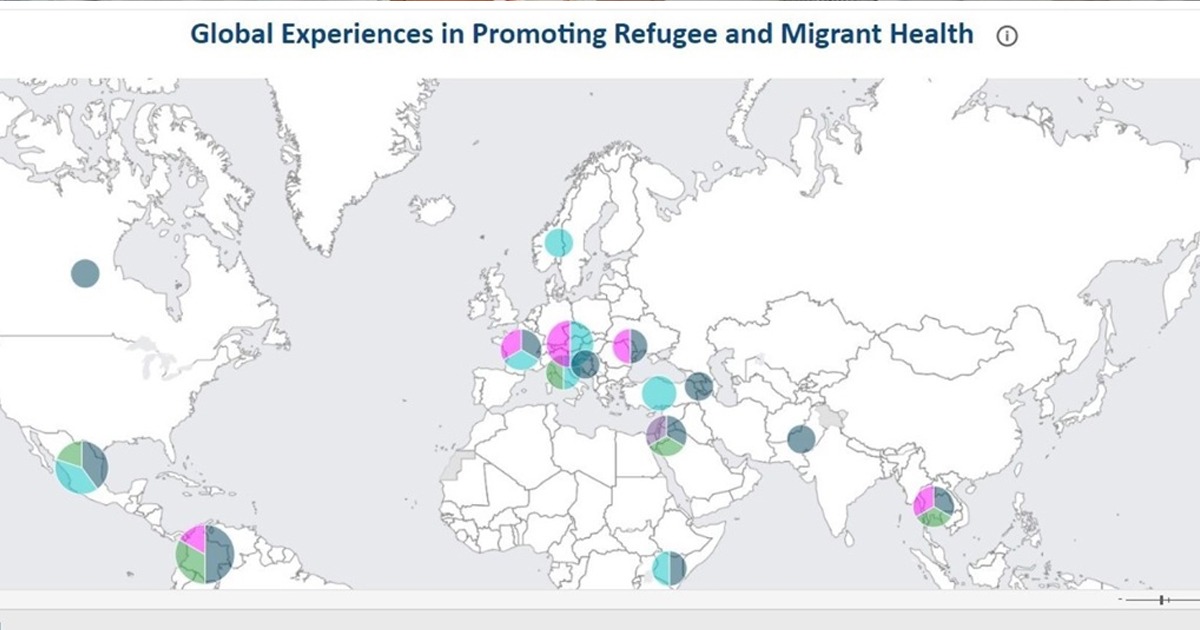The Stop TB Partnership is an initiative created in 2000 for the eradication of tuberculosis in public health systems. Until 2015 it was administered by the World Health Organization (WHO), currently the United Nations Office for Project Services is the lead agency.
Stop TB Partnership, is an initiative for the elimination of tuberculosis with a vision focused on Digital Health. They have a specialized technology center for this purpose because the partnership believes that health technologies have the potential to transform health systems and change the lives of those affected by tuberculosis.

"he Stop TB Partnership has been at the forefront of advocating for, sourcing, evaluating, and introducing digital health technologies for the past seven years, and, during COVID- 19, has been working closing with global and in-country partners to scale these solutions to mitigate interruptions in routine TB services," they mention on their official site.
The Digital Health Technology Hub, (DHT), aims to end tuberculosis by 2030 through sustainable evidence and technologies based on the empowerment of marginalized communities.
The DHT has adopted different Digital Health initiatives and strategies to meet its short-, medium- and long-term goals and objectives:
- Build and expand the information, evidence, knowledge, and experience of the appropriate use of digital health technologies
- Lay the necessary foundation in TB affected countries for the optimal scale-up, equitable access, and appropriate use of digital health technologies
- Create a space among country program implementing partners, and communities affected by TB and civil society to learn about evidence-based digital health technologies for the TB response and provide technical and implementation support to implement and scale up these tools.
- Catalyze the development of innovative digital health technologies by providing support to small- and medium enterprises and start-ups, particularly from TB affected countries.
Among its areas of action are already working on computer-assisted reading software based on Artificial Intelligence, which seeks to detect radiological signs related to tuberculosis through chest X-rays and thus improve diagnostic capabilities. They have also started to apply monitoring tools that are managed by communities affected by this disease, it is about people-centered care based on respect for rights and social responsibility of the community. In addition, they have implemented connectivity solutions for rapid sharing of diagnostic test results and appropriate treatment of patients.
Finally, they emphasize the importance of the application of e-Health technologies in the current context of the COVID-19 pandemic: “As the COVID-19 pandemic spreads globally, the disruption in routine health services and the need for social distancing make it particularly challenging for TB programmes to carry out routine operations and to provide the necessary care for people and communities affected by TB. As such, TB programmes have to rely on alternative options, including digital health technologies, to bring required TB services to the people and communities affected by TB.”





